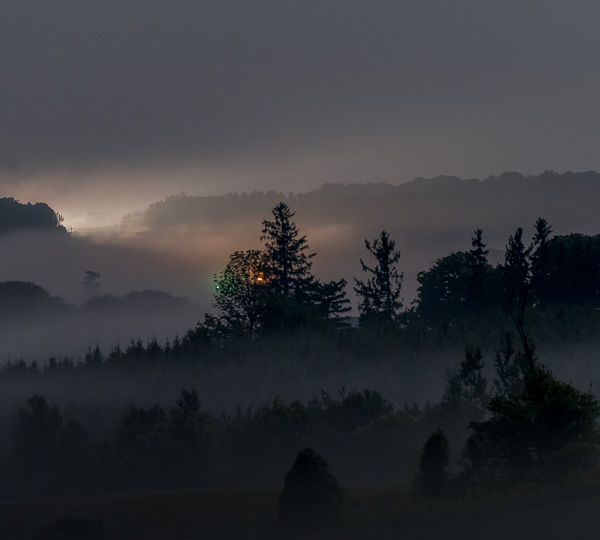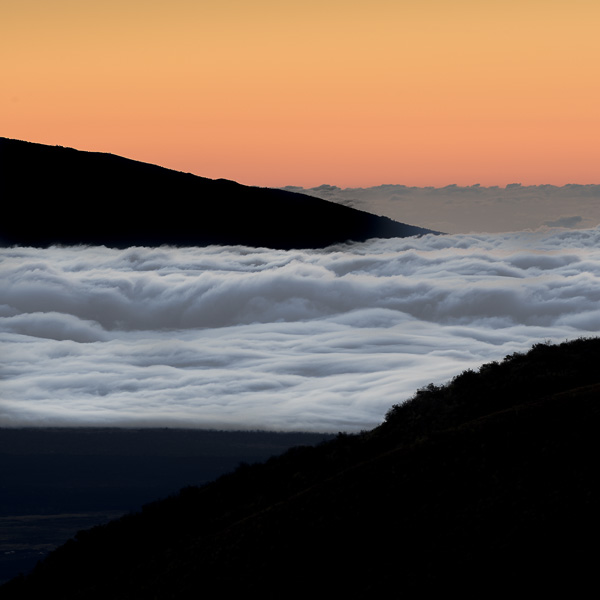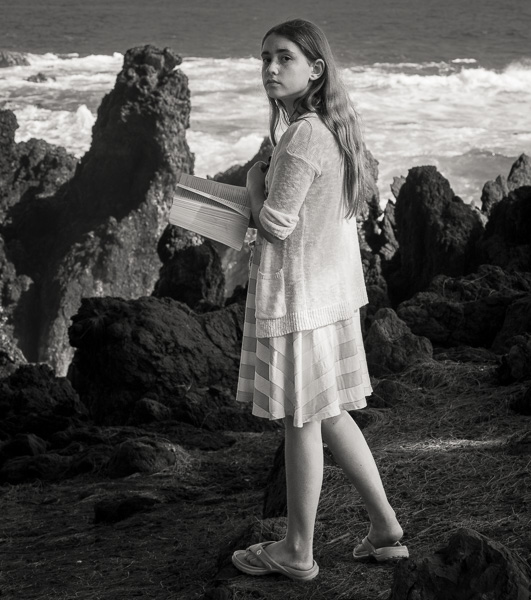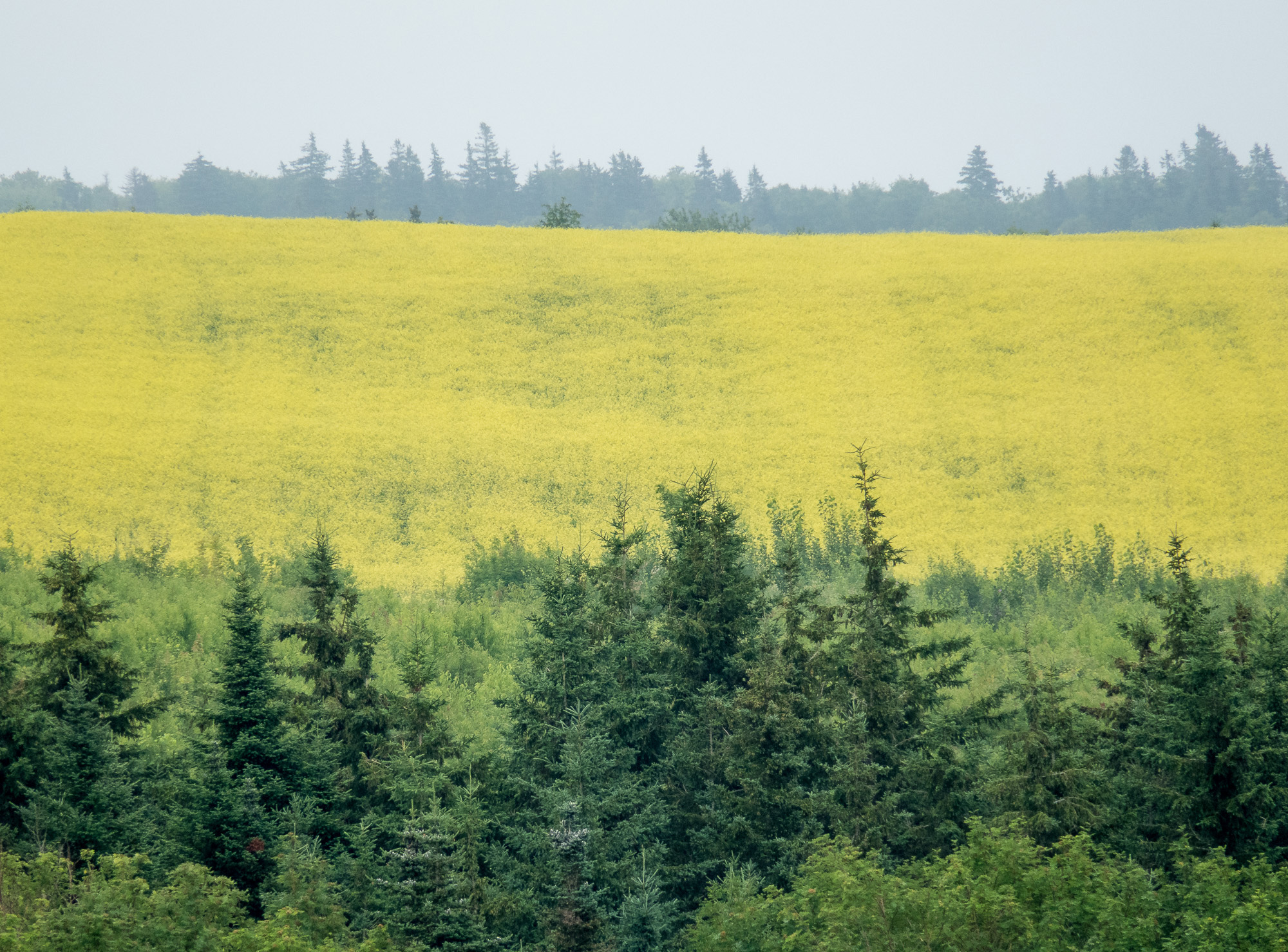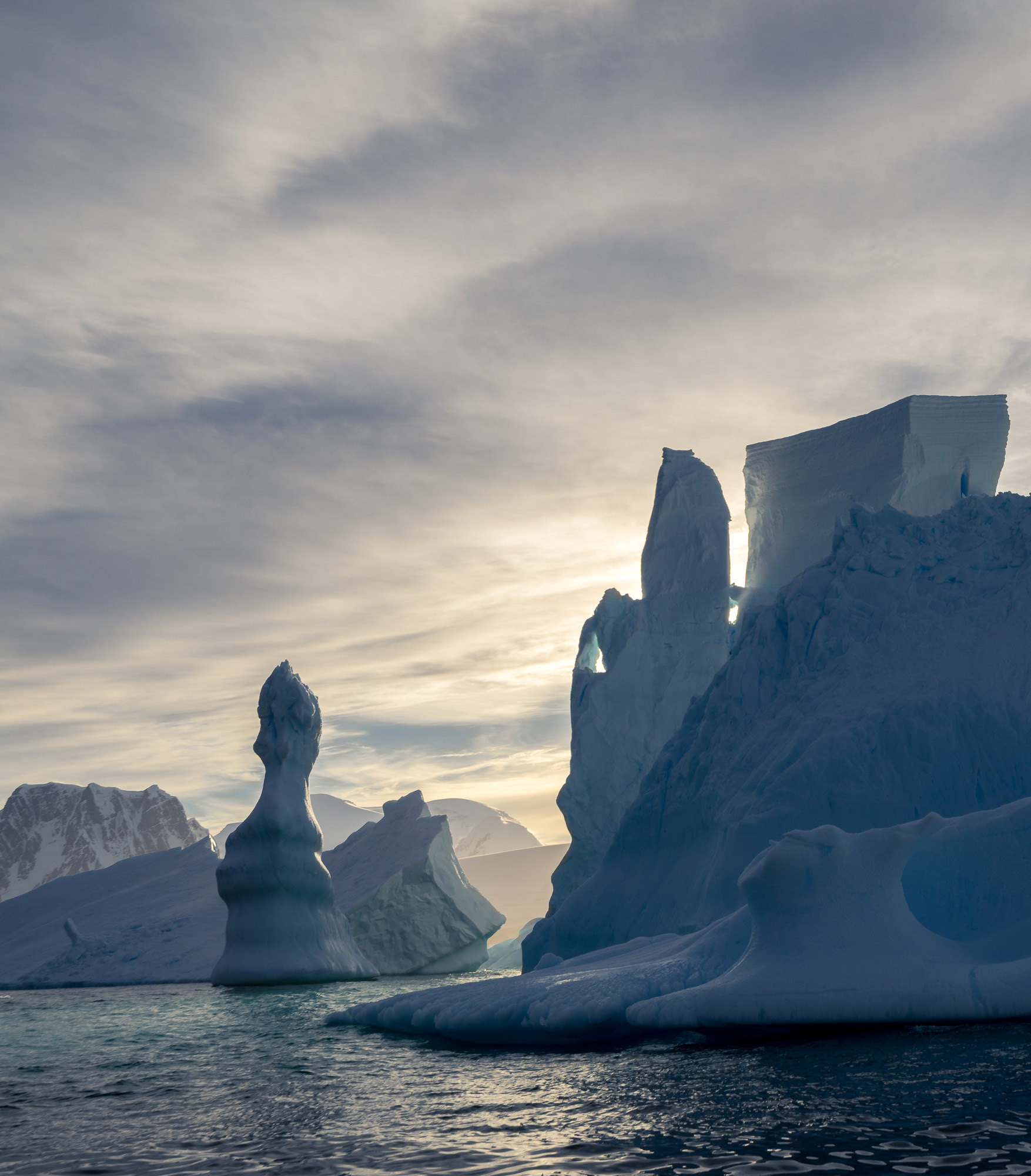Ansel Adams once shared the thoughtful insight, “There are always two people in the picture: the photographer and the viewer.” The viewer has an important role to construct a reality from our photographs.
We are gifted with a very wide visual field of 120 degrees. Using our photography skills we make choices in what to capture. We sweep the large scene and choose a portion to photograph. This then becomes the photographer’s crop of the real world.
Imagine how the viewer reacts to the image…. To the viewer each photograph begins as an abstract. They recreate the reality captured by the photographer from insight based on life experience and cultural training. The viewer intuits from the various elements of this or that in the photograph to make a judgement of understanding.
This is an interesting process to explore. Let’s begin with two contrasting photographs.


These are the doors of an historical church captured using a direct camera angle. The various bits and pieces of visual information about the doors present a complete story to the viewer. There is nothing unusual left to imagination. It is a record photograph of two front doors.


These are the entry steps leading to the same church doors. From this angle there is just a bit of visual information to discover a story beyond the conclusion that these may be concrete steps. There is too
little information presented to create a photographic story.
The two images are uninteresting photographs. The first has complete set information, making for a dull story, the second has too little information to construct a meaningful story.
These two photos perhaps lead to a simple theory of a successful story based images. There is a shifting median between a simple photo story and too little information.
But what of unusual visual cues falling into that median? These are items that pose mental questions to the viewer. This is ambiguity and perhaps a hidden gem to raise viewer interest in a photograph.
Ambiguity is discontinuity in the photo. It is the intended or unintended hidden elements to drive mental questions of how, what, why or where do these items fit into a picture story.
It is a concept that may be a bit confusing. So, let’s examine a group of photos, posing some viewer questions to explore ambiguity.


What is this fantastic place? Is that real gold? Why is the photographer dressed so casually in such an elegant stairway? Why is his right foot slightly raised? Why is he leaning to the left? Why is he off the carpeted stairway? The darkly dressed photographer really stands out against the white walls.
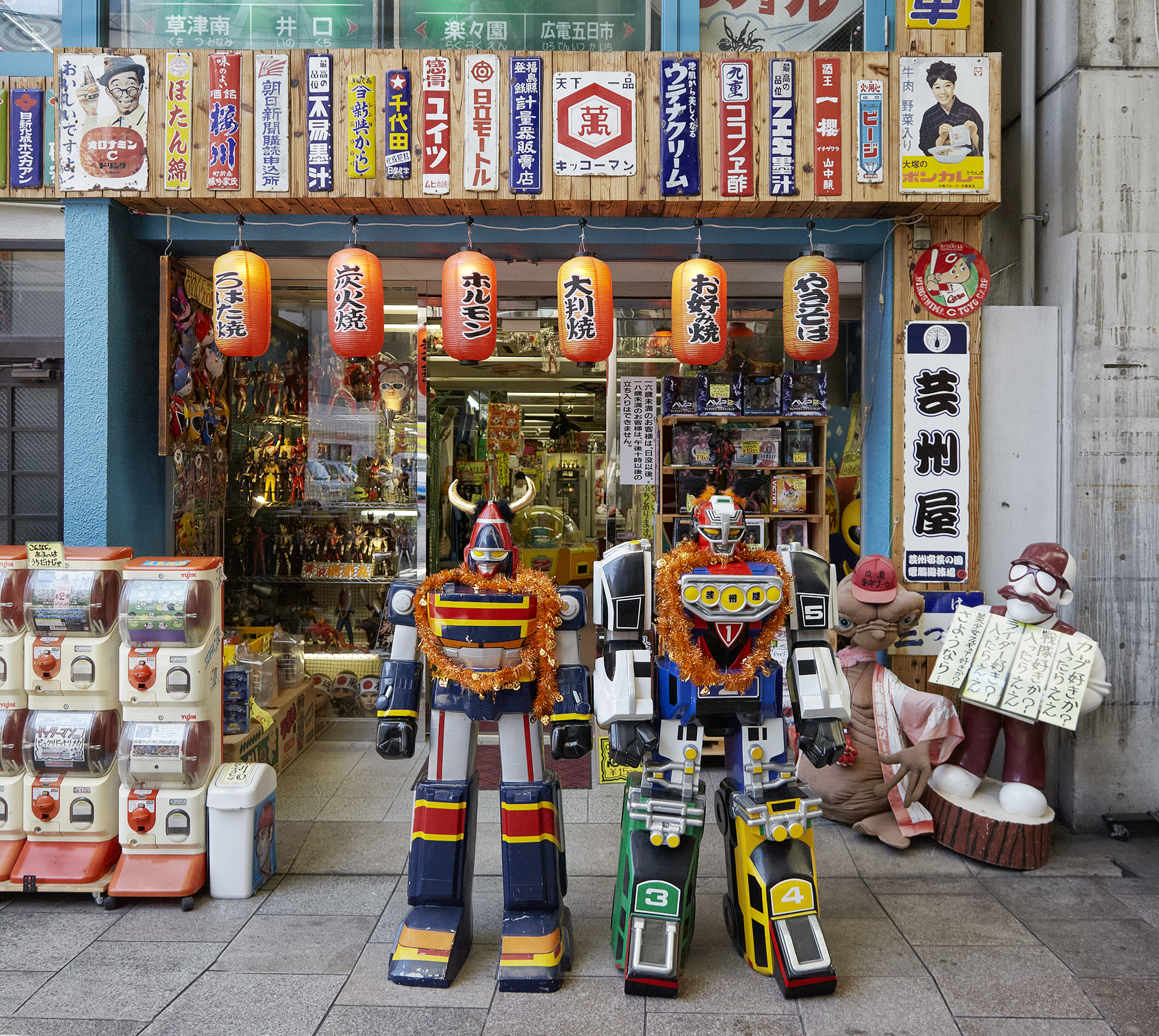

What is going on here? Why are two unusual robots standing guard with wreathes around their necks? Is that ET to the right? What is on the tablets held by the stylish statue with the mustache? What is in those vending machines on the left? What is the meaning of all the signs above the entrance? What is all that stuff inside?
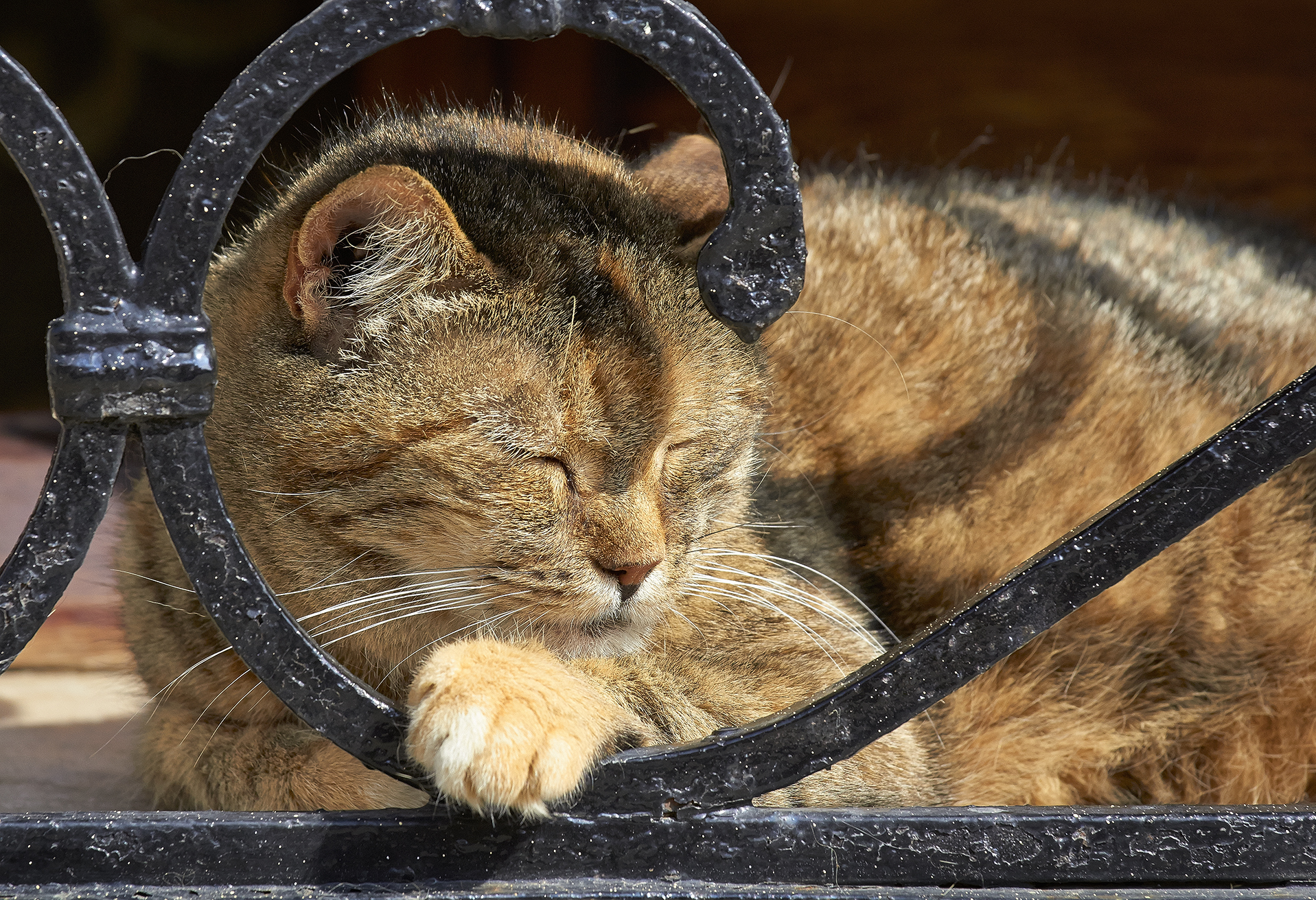

A house cat sleeping in the sun? What are those unusual bars around the cat’s head? Why is the paw resting over an iron grate? Why is there an iron grate? What is behind the cat? Why are the shadows falling at such an unusual angle? Why does cat looks so peaceful?
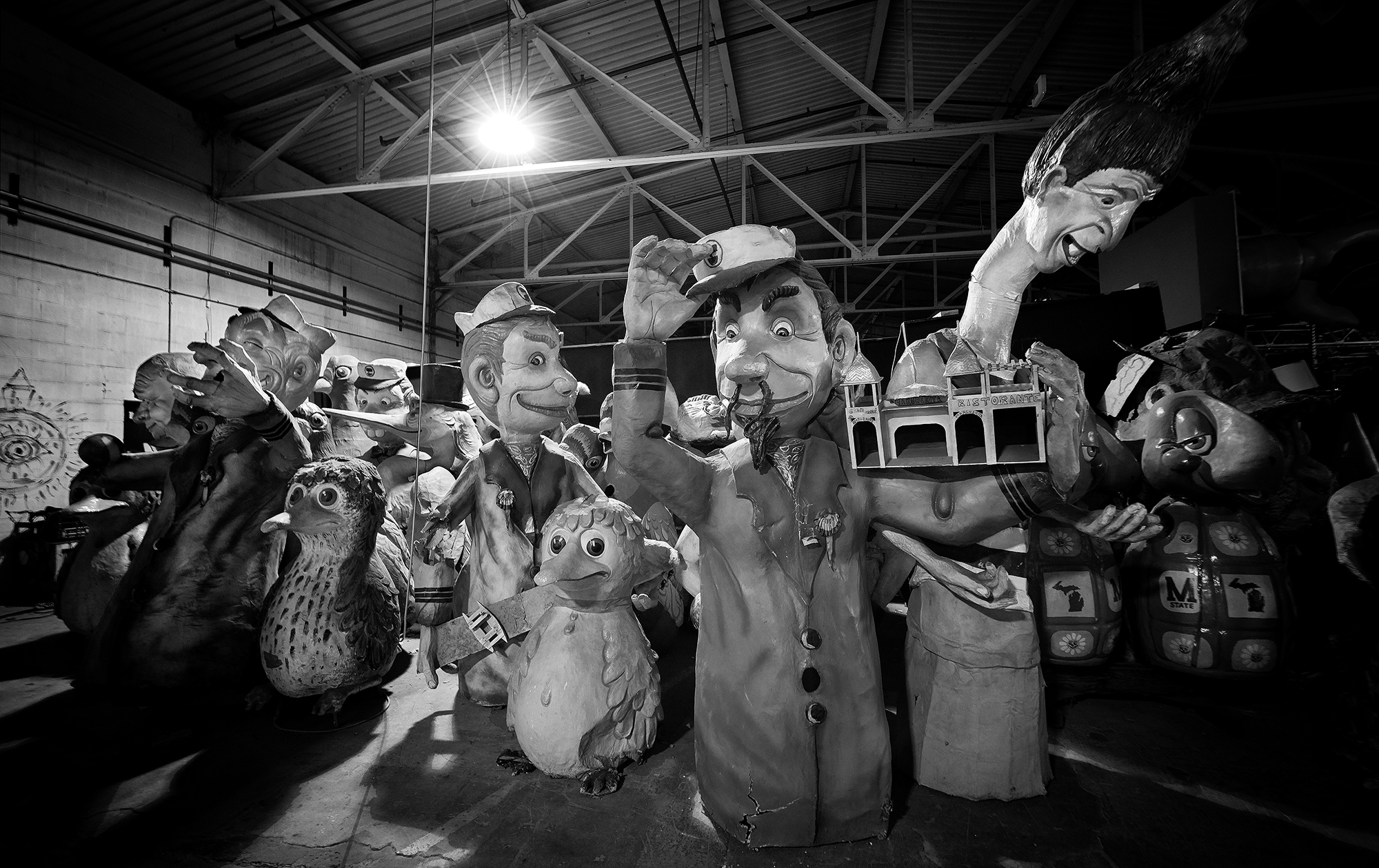

What is this all about? Why does the tall one have a broken neck? What is that painting on the wall to the left? Why does the light shine so bright? Why is the captain taking off his hat? Why is the costumed character in the middle giving me the evil eye?
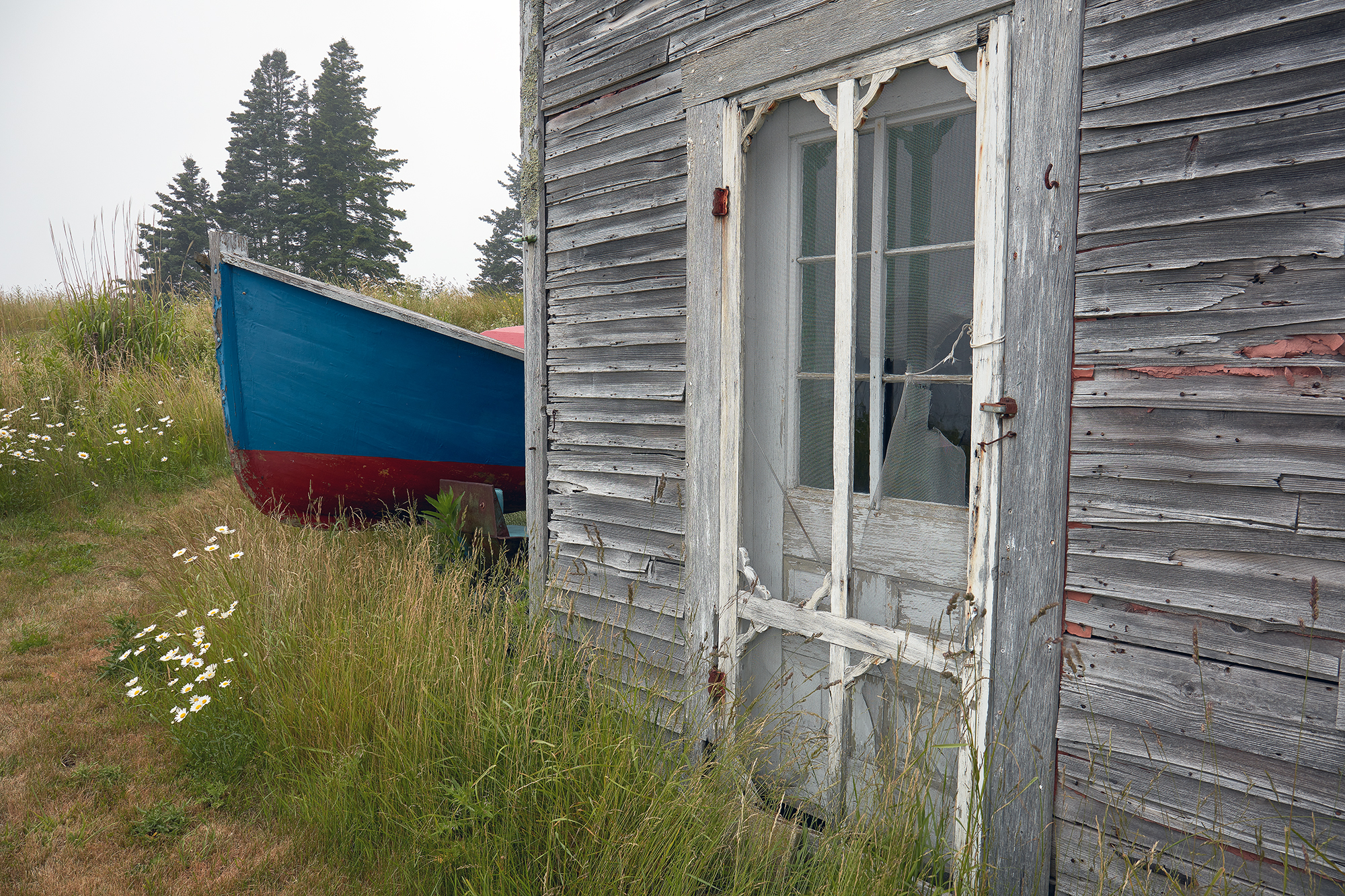

Why is this house so dilapidated? Do people live here? Why is the colorful boat on the side of the old house? Why is there a mowed pathway past the house? Why is the old storm door screen torn in such an unusual way? Is that fog in the background?
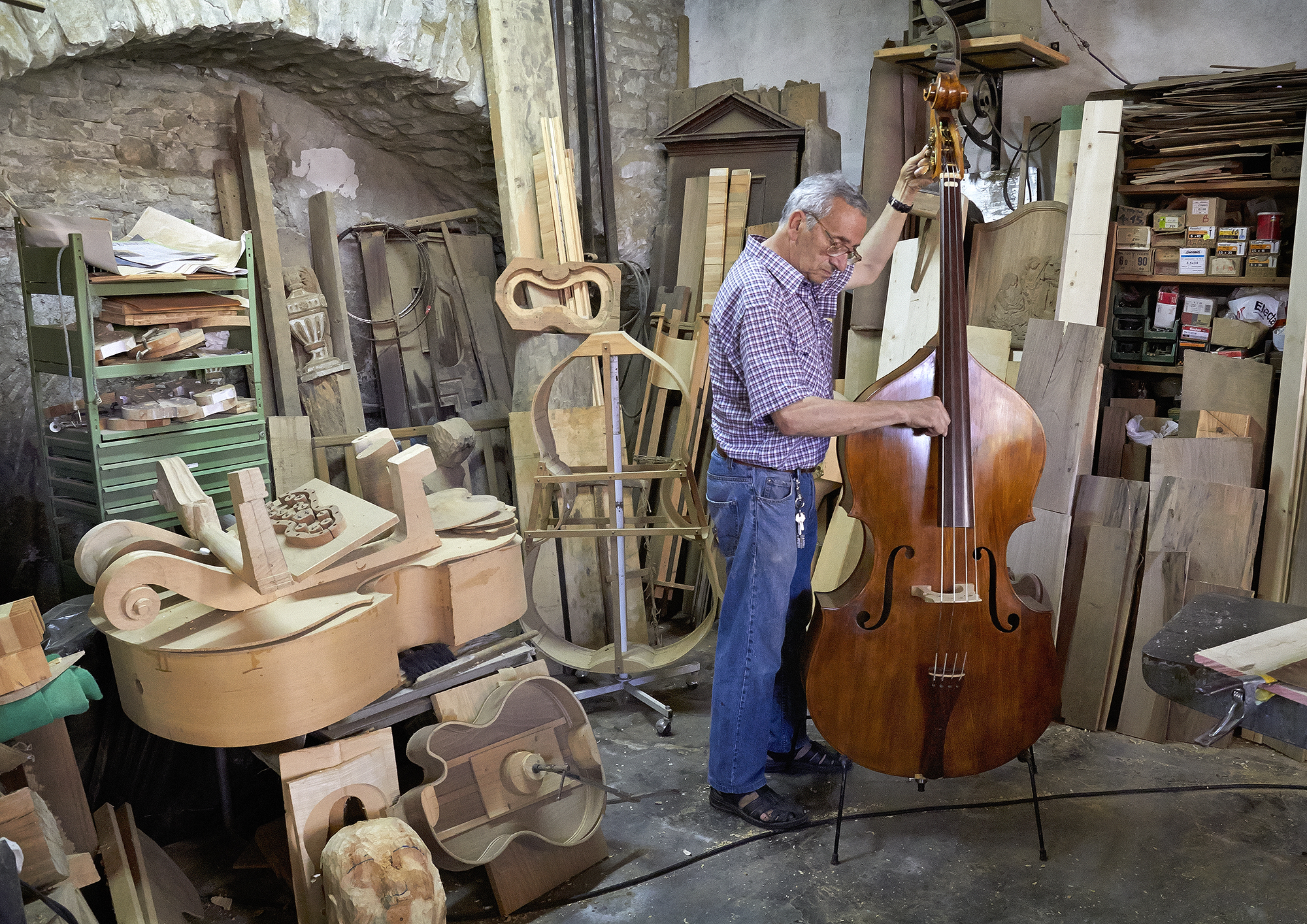

Why are there so many pieces of wood? Why are parts of instruments stacked? Why is the building so old? What is that sculptured head on the floor on the left? Why does the gentleman look down with a sad expression? What is the contrast of the mass of unfinished wood and the complete bass instrument?


Why is the sky so dramatic? Why are the clouds in that formation? Why do they glow? Why is the ground so strange? Why does the horizon seem to go on forever?
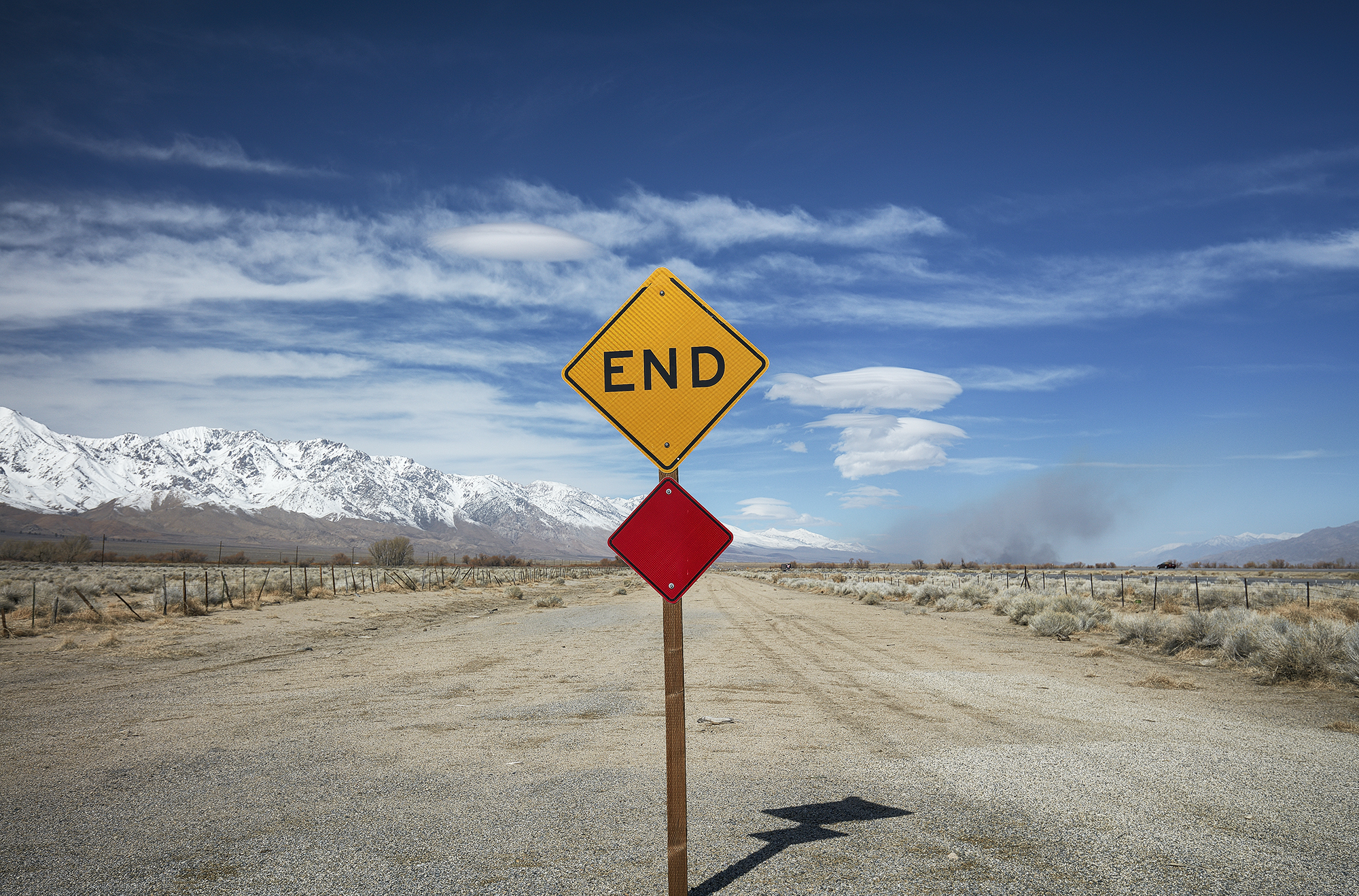

Why is this sign so lonely? Why does it just say, END? Why is there a road with car tracks behind the sign? Why does the sign lean left? Why is the photo cropped at the very bottom of the sign? Why does the sign have such a strange shadow? What is the smoke in the background? Why is there snow on the peaks? Why do the clouds hang in such a strange manner?
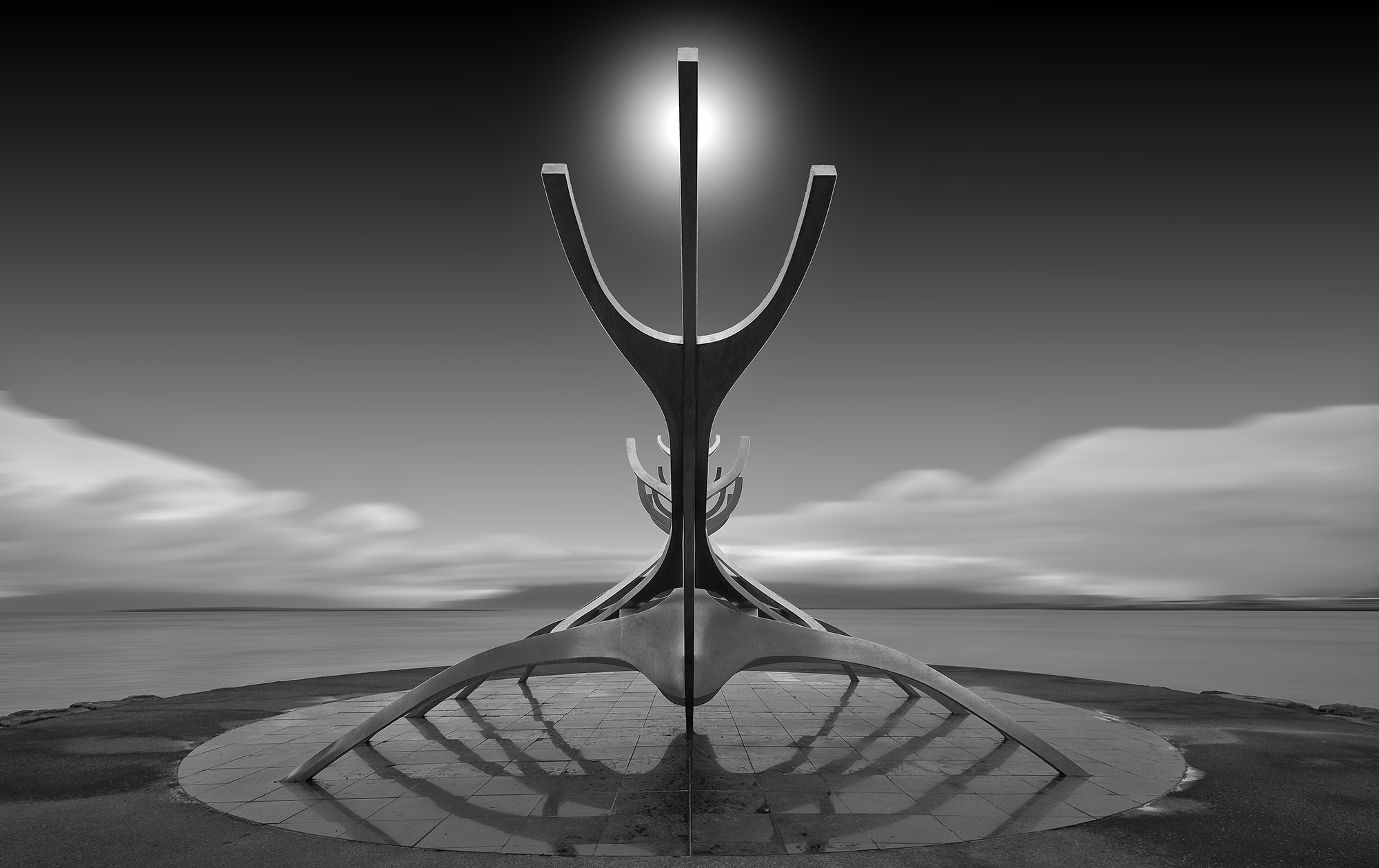

Why is this sculpture so luminous? Why is the sun perfectly centered? Why are the clouds blurry? What time of the day is this? Why does the stone base reflect the sculpture? Why is there such an unusual glow to the sculpture?
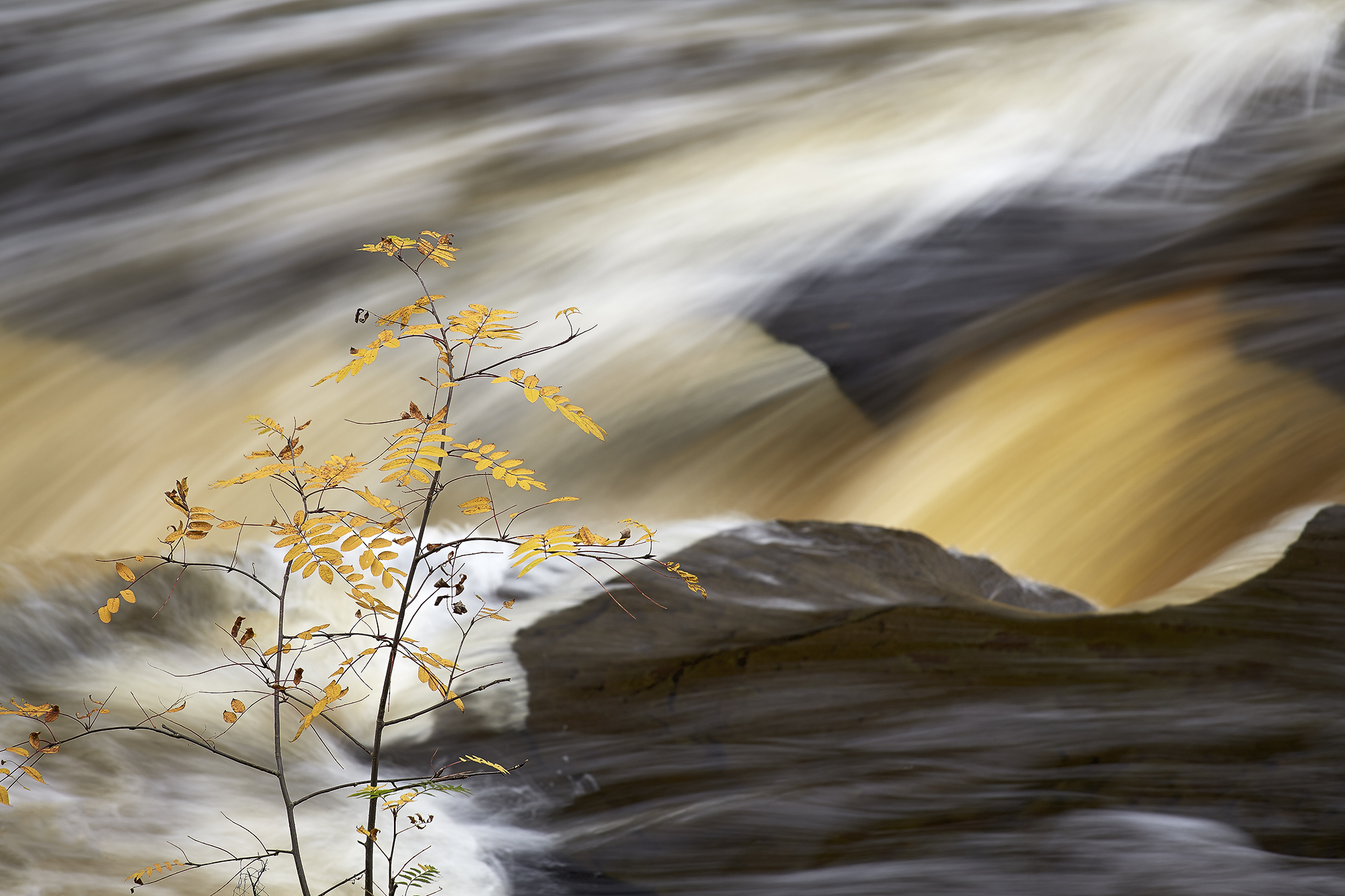

Why is the water moving so fast? Why does the water have a brownish tinge? Is this autumn? Why doesn’t the small tree bend? Why are the rocks so misshapen?
Ambiguity in photographs may even become a story of its own. Some viewers see this image as an allegory of life. In the rush of existence we stand strong, holding on, not to be washed away.
As I write this article, I wonder about the images shown above. Are they successful? People have been complementary, but what really does make a successful photograph? I pose the question, without a firm answer.
Certainly ambiguity encourages the mental gymnastics to construct meaning from the abstraction of a photograph. The viewer participates in the drama. And in the end perhaps images are not for photographer, but for the audience who decide their success.
Greg Czarnecki
November 2022






